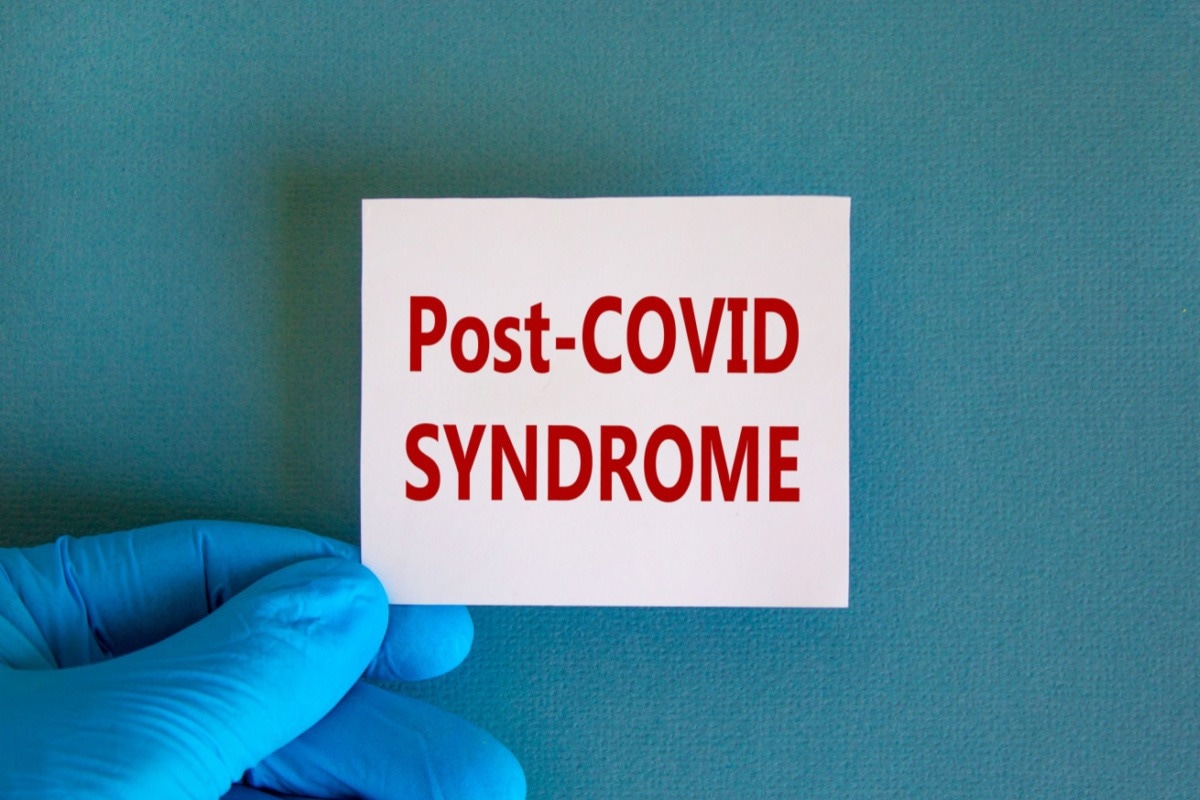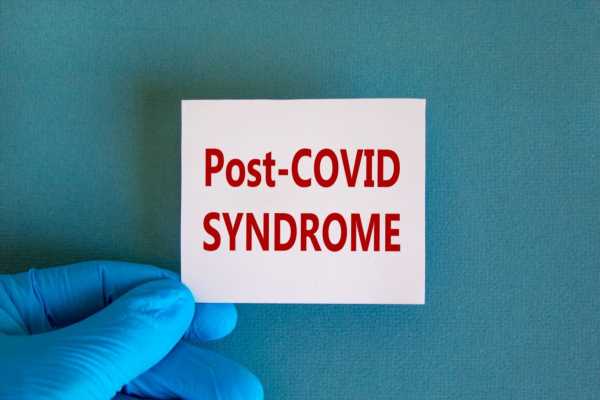In a recent article published as part of the Morbidity and Mortality Weekly Report (MMWR), researchers assessed the incidence of post-coronavirus disease 2019 (COVID-19) symptoms and conditions among children and adolescents.
The researchers found some previously unreported post-COVID conditions and symptoms, including acute pulmonary embolism, blood coagulation, hemorrhagic disorders, acute renal failure, venous thromboembolic event, and cardiac dysrhythmias, in the study participants.

Although previous studies have estimated the incidence of post-COVID conditions among adults, data for children and adolescents is limited. Also, studies examining post-COVID symptoms and conditions have not yet comprehensively documented all of them.
About the study
In the present study, researchers analyzed data from a medical claims database to assess nine potential post-COVID-19 signs and symptoms and 15 conditions among 781,419 US children and adolescents aged zero to 17 years between March 1, 2020, and January 31, 2022. The study cohort had laboratory-diagnosed COVID-19, while the control population comprised 2,344,257 US children and adolescents with no COVID-19. They matched the two study cohorts 1:3 based on gender, age, and the month of diagnosis of the index case.
The team followed up with the study participants for at least 60 days and a maximum of 365 days or the whole study duration, if feasible. The researchers skimmed through publications and reviews on post-COVID symptoms and conditions. However, they adhered to the International Classification of Diseases, Tenth Revision, Clinical Modification (ICD-10-CM) codes to identify symptoms and conditions of post-COVID by their first occurrence.
They calculated the incidence for every 100,000 person-years of all symptoms and conditions; additionally, they used discrete Cox proportional hazards models to estimate the adjusted hazard ratios (aHRs) for each condition and symptom tested. All the study models made aHR estimations separately for the two to four, five to 11, and 12 to 17-year age groups. Finally, they plotted aHRs from the primary study analysis against incidence, with p-values <0.05 considered statistically significant. All the activities of the current review were as per the federal law and CDC policy.
Study findings
The study population comprised 781,419 COVID-19 patients aged zero to 17 years and 2,344,257 controls with no COVID-19 in the same age group. The median age of both test subjects and controls was 12 years, and females constituted 50% of both groups; Medicaid managed care for 72.2% of study participants with COVID-19, and 70.6% of controls without COVID-19. The study participants had a higher frequency of hospitalization and contracting complex chronic diseases, 4.5%, and 15.6%, respectively, compared to controls of 3.6% and 11.7%, respectively.
During the study period, all the participants with previous COVID-19 had higher rates of conditions that were otherwise rarely found in them. The highest aHRs were for acute pulmonary embolism, myocarditis-cardiomyopathy, venous thromboembolic event, acute unspecified renal failure, and type 1 diabetes at 2.01, 1.99, 1.87, 1.32, and 1.23, respectively.
However, the unadjusted incidences of symptoms and conditions varied by age among children and adolescents. Myocarditis-cardiomyopathy, acute and unspecified renal failure, blood coagulation, and hemorrhagic disorders had the highest aHRs of 2.39, 1.52, and 1.47 among children aged two-to-four years. Again, myocarditis-cardiomyopathy and acute unspecified renal failure had the highest aHRs of 2.84 and 1.38 among children aged five-to-11 years. Acute pulmonary embolism, myocarditis-cardiomyopathy, and the venous thromboembolic event had the highest aHRs of 2.03, 1.66, and 1.52 among adolescents aged 12-to-17 years.
In the primary study analysis, the authors observed a higher incidence of four symptoms and eight conditions in patients with COVID-19; the sensitivity analysis found a higher incidence of five symptoms and six conditions in these patients. In the sensitivity analysis, although aHRs for type 1 diabetes and the venous thromboembolic event was statistically insignificant, the authors noted an elevation in the aHR for respiratory signs and symptoms (aHR=1.16).
Conclusions
Overall, the current study had several key findings. First and foremost, all the serious conditions, e.g., acute pulmonary embolism, had the highest aHRs. Further, the incidence rates had elevated for several symptoms and conditions between 31 and 365 days after COVID-19 diagnosis. Most of the symptoms and conditions selected for the analysis were not unique to patients with a history of COVID-19. Consequently, new respiratory signs and symptoms, muscle and sleeping disorders, and mental health disorders were less likely to ensue among children and adolescents with COVID-19.
The study findings could help devise age-appropriate COVID-19 prevention and vaccination strategies for children and adolescents.
- Kompaniyets L, Bull-Otterson L, Boehmer TK, et al. (2022). Post–COVID-19 Symptoms and Conditions Among Children and Adolescents — United States, March 1, 2020–January 31, 2022. Morbidity and Mortality Weekly Report (MMWR). doi: http://dx.doi.org/10.15585/mmwr.mm7131a3 https://www.cdc.gov/mmwr/volumes/71/wr/mm7131a3.htm?s_cid=mm7131a3_w
Posted in: Medical Science News | Medical Research News | Disease/Infection News
Tags: Adolescents, Blood, Cardiomyopathy, Children, Chronic, Coronavirus, Coronavirus Disease COVID-19, covid-19, Diabetes, Embolism, Frequency, International Classification of Diseases, Laboratory, Managed Care, Medicaid, Mental Health, Mortality, Muscle, Myocarditis, Pulmonary Embolism, Renal Failure, Respiratory, Type 1 Diabetes

Written by
Neha Mathur
Neha is a digital marketing professional based in Gurugram, India. She has a Master’s degree from the University of Rajasthan with a specialization in Biotechnology in 2008. She has experience in pre-clinical research as part of her research project in The Department of Toxicology at the prestigious Central Drug Research Institute (CDRI), Lucknow, India. She also holds a certification in C++ programming.
Source: Read Full Article
